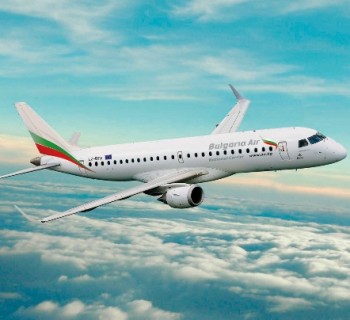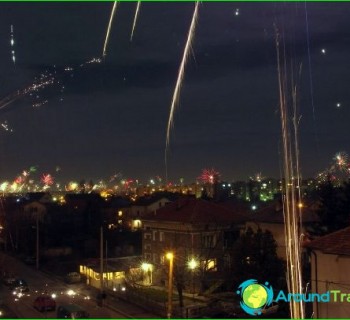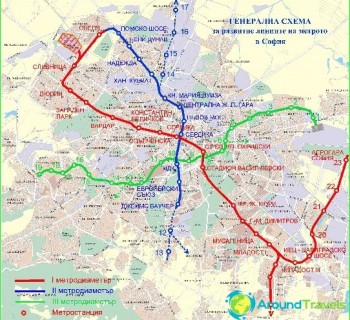History of Sofia
Coat of arms of Sofia
Sofia is the capital and largest city of Bulgaria. The city is located at the foot of Vitosha Mountain in the western part of the country and occupies a strategic position in the center of the Balkan Peninsula. Today Sofia is the fifteenth largest city in the European Union with a population of about 1.3 million..
The history of Sofia is almost 2,400 years old. The ancient name Serdika comes from the local Celtic tribe Serdi, who lived in the territory of modern Sofia in the 5th century BC. Originally a Thracian settlement of Serdika, in 29 BC. was conquered by the Romans. Serdica developed rapidly, with the construction of defensive walls, public baths, administrative buildings, a basilica, an amphitheater and a city forum..
In 447 the city was destroyed by the Huns, after which it came under the rule of the Byzantine emperor Justinian I, during whose reign it flourished. During this period, the city was surrounded by powerful fortress walls, fragments of which can be seen in Sofia today..
Sofia first became part of the First Bulgarian Kingdom during the reign of Khan Krum in 809 after a long siege of the city. Subsequently, it was known under the Bulgarian name Sredets. From the twelfth to the fourteenth century, Sofia was a thriving center for trade and crafts. In 1376, the city received its modern name in honor of the Church of Hagia Sophia.
After the failed crusade of Vladislav III in 1443, the city became the capital of the Ottoman Empire, here was the residence of Beylerbey Rumelia for four centuries. In the sixteenth century, the appearance of Sofia acquired Ottoman features: a large number of mosques, fountains and hamams.
In January 1878, Russian troops were stationed in Sofia during the Russian-Turkish war. A year later, Sofia became the capital of the Principality of Bulgaria. During World War II, Sofia was heavily bombed by the Allied forces in late 1943 and early 1944.
In the post-war years, a construction boom began in Sofia. The architecture was dominated by the Stalinist style. During this period, the city appeared: a sports stadium, the National Library, a spacious government complex, as well as many apartment buildings.
Sofia today is a modern capital with business centers, historical sights, parks and museums. There are more than a dozen interesting museums in the city, including the National Historical Museum of Bulgaria, the National Ethnographic Museum, the National Art Gallery, the National Museum of Military History and many others..
Photos of Sofia
- Coat of arms of Sofia
- Turkish army near Sofia in 1788
- Remains of the fortress of Serdika
- Basilica of St. Sophia
- Alexander Nevsky Cathedral


